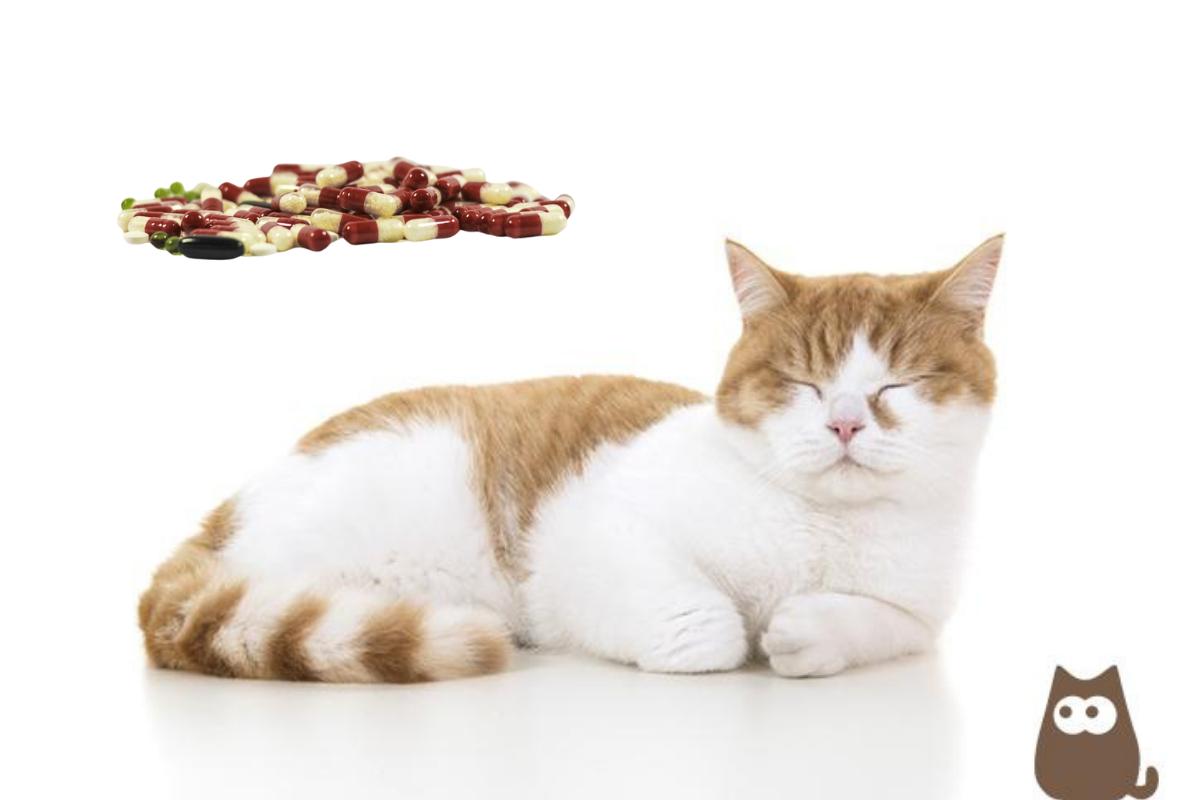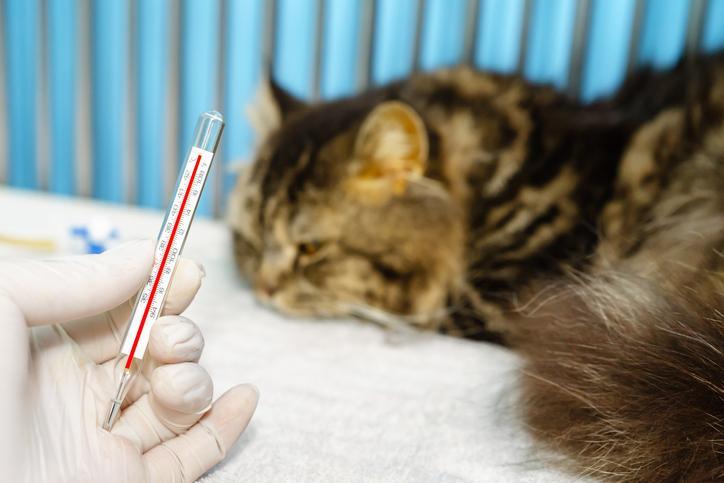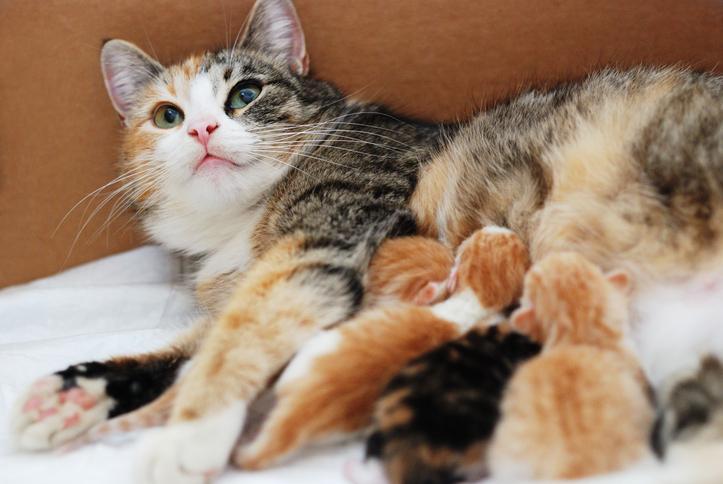Doxycycline for Cats - Dosage, Uses and Side Effects



See files for Dogs
Doxycycline is an antibiotic widely used in human medicine which is on the Word Health Organization's List of Essential Medicines. Its usage is also commonly prescribed in veterinary medicine as it is seen as an effective drug. This does not mean we can give human-prescribed doxycycline to cats. It is a prescription-only drug and requires a veterinarian to diagnose the problem and prescribe the treatment if necessary.
To understand more about what we might expect if our cat is prescribed this antibiotic, AnimalWised reveals what you need to know about doxycycline for cats. Specifically, we look at the dosage, uses and side effects of this medication, as well as any other pertinent information for veterinary use.
What is doxycycline for cats?
Doxycycline can be in the salt forms doxycycline monohydrate or hyclate for cats. It is a broad-spectrum antibiotic that acts against bacteria, whether they are gram positive or gram negative. It belongs to the group of second generation tetracyclines. Specifically, it is a derivative of oxytetracycline.
The effect of doxycycline for cats is bacteriostatic, i.e. it does not kill the bacteria, but prevents its reproduction. After oral administration, it is distributed throughout the body and is deposited in active bone tissue and teeth. It is mainly eliminated through bowel movements.
What is doxycycline used for in cats?
Doxycycline for cats has a lot of applications, since it can be used against multiple diseases and health problems that involve bacterial infections. These include the following:
- Bartonellosis
- Pneumonia
- Bronchopneumonia
- Pharyngitis
- Otitis
- Tracheitis
- Bronchitis
- Sinusitis
- Genito-urinary infections
- Leptospirosis
- Borreliosis
- Gastrointestinal infections
- Skin infections
- Abscesses
- Infected wounds
- Postoperative prevention
- Joint infections
- Footpad dermatitis
- Gingivitis
As we can see, there are numerous indications for doxycycline in cats, but its prescription must be made by the veterinarian. Choosing the correct antibiotic depends on the pathogen that is causing the infection and resulting in the clinical picture. It is essential that only a professional decides on the correct treatment and we should never self-medicate. Using the wrong antibiotic is dangerous as it can cause very side effects, it will be ineffective in treating the infection and it will build up resistance for future problems.

Doxycycline dosage for cats
Doxycycline can be found in several preparations, but is most commonly administered orally. This can be in either tablets or oral solution form. Injectable doxycycline for cats is an option, but it is usually administered under veterinary supervision. The appropriate dose of doxycycline for cats needs to be determined by the veterinarian. Various factors influence their decision, including the anima's weight, the pathogen it is being used to treat and any other relevant health factors.
We can say there is a general doxycycline dosage for cats which is used as a guideline. This dose is about 10 mg per kg of body weight once a day and is best taken with food.
There are many other factors which the veterinarian will consider. For example, when it is used to treat feline chlamydiosis, the dose is divided into two doses each day for three weeks. In diseases such as bartonellosis in cats, doxycycline is administered for up to a month in daily doses of 5 to 10 mg per kg of weight. Taking these variations into account, it is important to always follow the dosage indicated by the veterinarian.
How to give doxycycline to your cat
The easiest way to give a cat doxycycline is to hide the tablet in their food. However, if the vet prescribes tablets and it is not easy for the cat to swallow them, we can crush them and dissolve them in liquids so that they are better accepted. Find out more with our article on how to give a pill to a cat.
Side effects of doxycycline for cats
The main problem with both doxycycline and tetracyclines in general is that it can affect bone development and growth. It is a reversible situation when treatment is stopped. It also permanently colors developing teeth when administered to pregnant cats during the last 2-3 weeks prior to delivery or to kittens in their first weeks of life. This effect is not as pronounced in doxycycline as in other tetracyclines.
Photosensitivity reactions are abnormal reactions of the skin to sun exposure. They can also be observed as an adverse effect. They are more common in kittens than in adult cats, but we do need to be particularly careful with hairless cat breeds.
It is recommended to administer doxycycline carefully to cats with swallowing or vomiting problems. This is because doxycycline is associated with lesions in the esophagus, one of the reasons its administration with food is recommended. Side effects include vomiting, diarrhea or esophagitis (inflammation of the esophagus in cats).
Contraindications of doxycycline for cats
Doxycycline is not a suitable medication for pregnant cats as it could cause damage to their kittens. Doxycycline is also contraindicated in lactating cats because this drug passes considerably into breast milk, reaching the kittens who can suffer adverse effects such as those mentioned.
Care must be taken of interaction with other drugs such as cephalosporins, penicillin, phenytoin, barbiturates or antacids. The dose must be adapted in those cats with liver problems because doxycycline can increase liver enzymes. Of course, it should not be given to cats with an allergy to tetracyclines.
Find out alternative antibiotics to give to cats with our article on cephalexin for cats.

Bacterial resistance to antibiotics
As an antibiotic, doxycycline for cats should be used with great caution. Misuse of antibiotics includes being administered when they are not necessary, in inadequate doses or for an insufficient period of time. These can lead to causes bacteria becoming resistant to their action.
There is currently a serious problem of bacterial resistance to different antibiotics, which leads to the need for stronger antibiotics every time. It can even lead to us running out of antibiotics against certain bacteria. This is another reason why it is essential we animal guardians are ware of this situation and only use antibiotics when prescribed by the veterinarian and scrupulously follow their instructions.
Learn more with our article on whether we can give our cat antibiotics.
This article is purely informative. AnimalWised does not have the authority to prescribe any veterinary treatment or create a diagnosis. We invite you to take your pet to the veterinarian if they are suffering from any condition or pain.
If you want to read similar articles to Doxycycline for Cats - Dosage, Uses and Side Effects, we recommend you visit our Medicine category.







